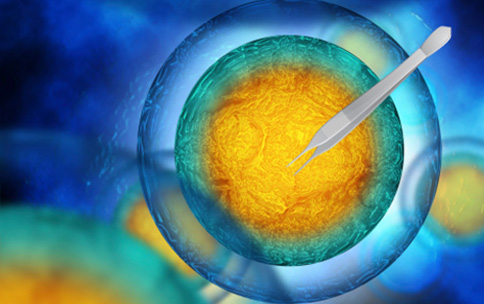
One of the goals of the 4D Nucleome (4DN) program is to understand how organization of all the DNA in the nucleus – called the genome – affects cell function. To truly understand this relationship, scientists need to be able to manipulate genome organization to observe the effect on which genes are turned on or off. In a recent article in Cell, 4DN investigator Dr. Stanley Qi and his research team describe a new technique called CRISPR-genome organization (CRISPR-GO) to manipulate the organization of DNA in the cell nucleus. Described as “molecular tweezers,” CRISPR-GO allows scientists to grab a specific section of DNA and move it to a new targeted location in the nucleus. This tool works rapidly and is inducible and reversible, making it very useful for exploring the effects of genome reorganization on many genes. CRISPR-GO allowed the team to explore whether genes behave differently in different parts of the nucleus. They found that genes relocated to the periphery of the nucleus or to blobs of proteins and RNA in the nucleus called Cajal bodies were turned off, indicating a role for these regions in gene regulation. CRISPR-GO is a valuable tool for studying the relationship between genome organization and cell function that could improve our understanding of diseases associated with abnormal genome organization to help develop new treatments for these diseases.
References
- CRISPR-Mediated Programmable 3D Genome Positioning and Nuclear Organization. Wang H, Xu X, Nguyen CM, Liu Y, Gao Y, Lin X, Daley T, Kipniss NH, La Russa M, and Qi LS. November 2018. Cell 175: 1405-1417.
- In the News: Researchers modify CRISPR to reorganize genome, Stanford Medicine News Center


